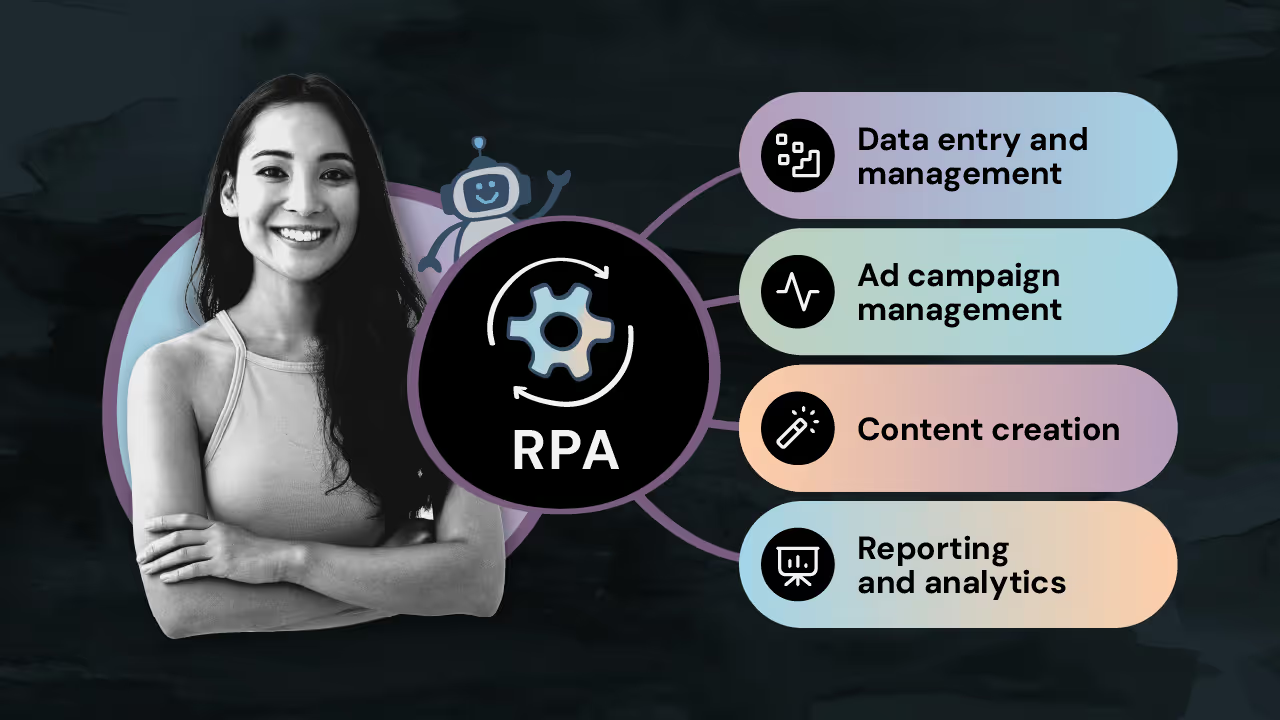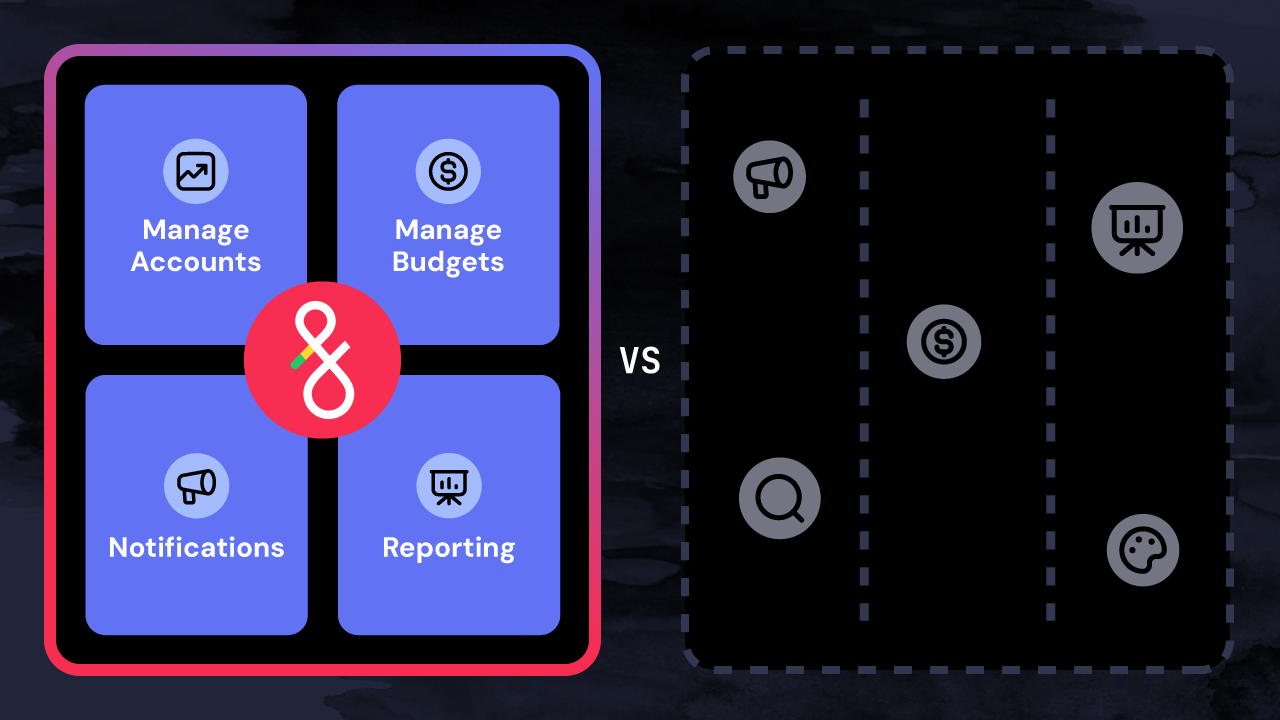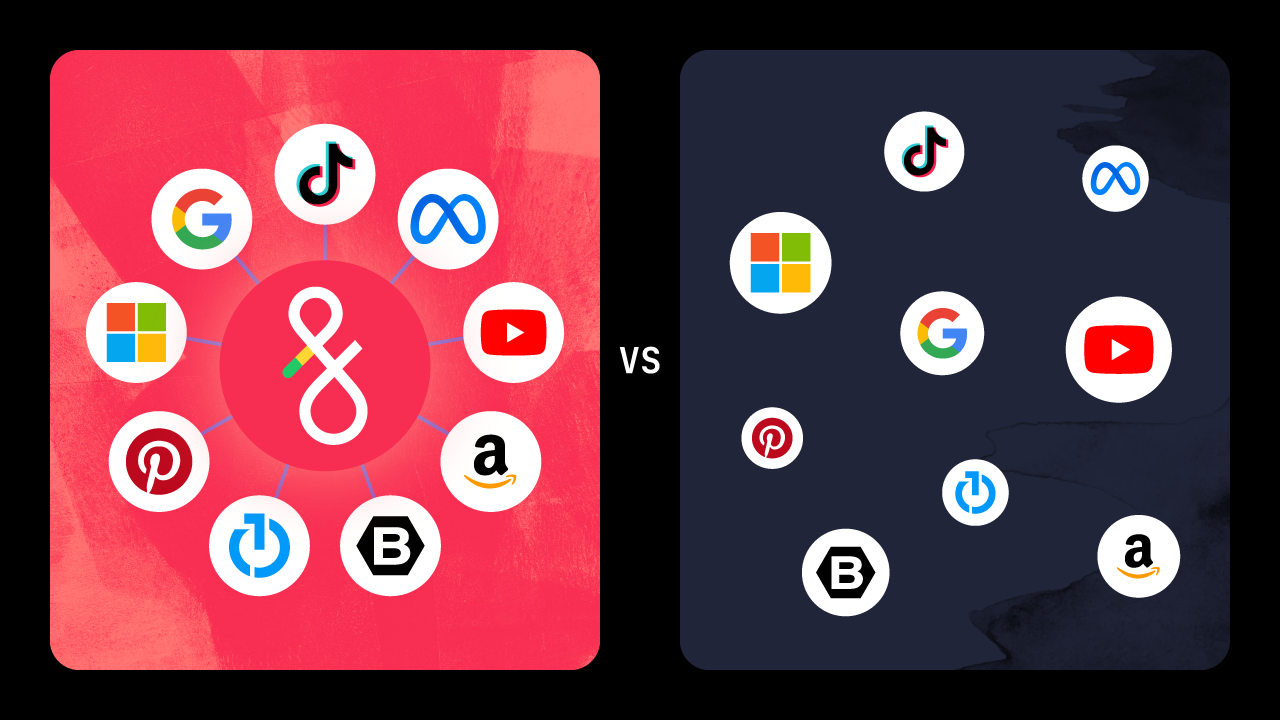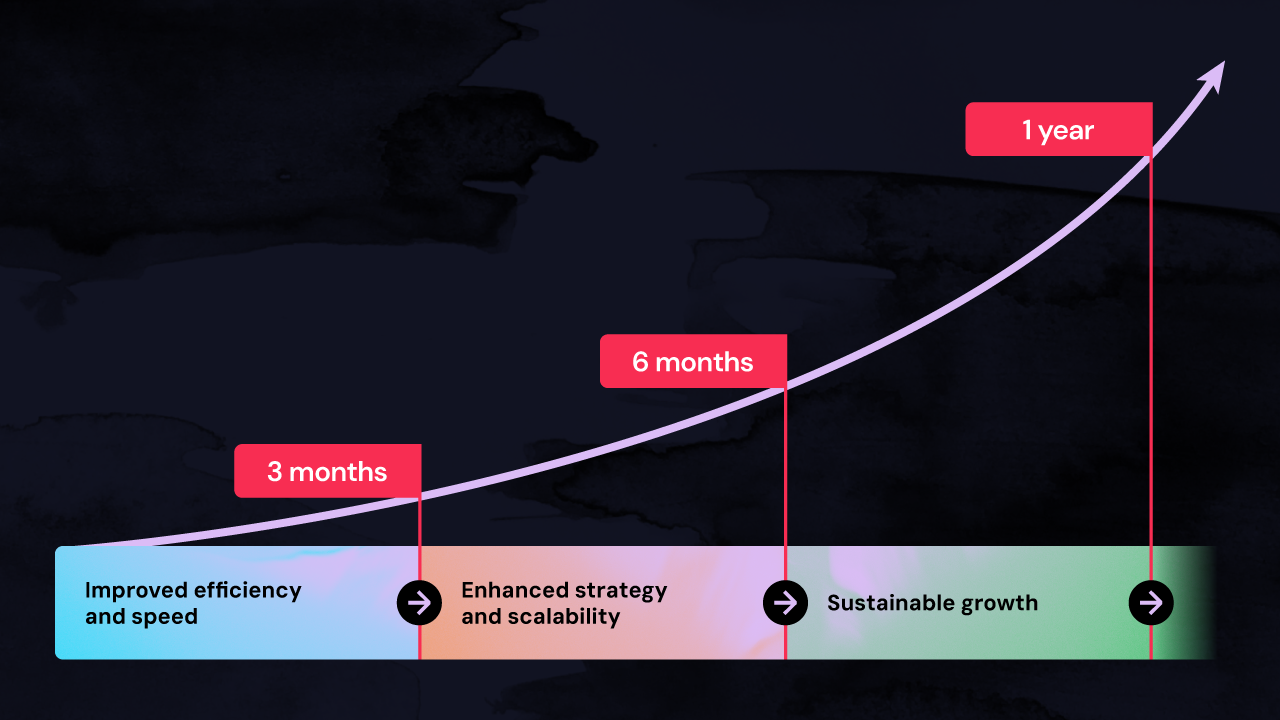In today's digital landscape, where campaign performance expectations are rising, ad channels are proliferating, and technical requirements are increasingly complex and daunting, it is business critical for advertisers to eliminate repetitive tasks and improve scalability. This is why automation has become an integral part of the ad tech industry as it not only saves time and increases efficiency, but it also reduces human errors. However, it’s not the only technology solution at our disposal—Robotic Process Automation (RPA) has emerged to help agencies and brands further streamline their operations.
While “automation” and “RPA” can often be used interchangeably, they represent distinct concepts. Automation refers broadly to the use of technology to complete tasks without keystrokes, streamlining processes such as budgeting and pacing, reporting and accelerating account launches.
RPA, on the other hand, is a subset of automation focused explicitly on mimicking human actions. Using software "robots" or bots, RPA aims to automate more complex tasks that typically require human cognitive skills, such as interpreting information, making decisions, and communicating with other systems.
If you’re looking to master your understanding of RPA and learn how it can help you end repetitive tasks and make scale a reality, the following article will help you:
- Gain a clear understanding of RPA
- Understand how RPA can easily scale to handle increased workloads
- Use cases for leveraging RPA in your digital advertising strategies
- Feel confident in leveraging RPA to automate complex advertising tasks
What is Robotic Process Automation (RPA)?
Robotic Process Automation (RPA) uses software robots or "bots" to automate repetitive, rule-based tasks. These bots can mimic human actions to perform various functions, such as data entry, processing transactions, and managing workflows. In the context of digital advertising, RPA can help advertising agencies streamline their operations and reduce the risk of errors in their processes.
Here are some benefits of how RPA can easily scale to handle increased workloads, making it an ideal solution for growing advertising agencies
- Increased efficiency: By automating repetitive tasks, RPA allows your team to focus on high-value activities, thereby increasing overall efficiency.
- Cost reduction: Automation reduces the need for manual labor, leading to significant cost savings. Additionally, the reduction in errors minimizes the costs associated with correcting mistakes.
- Enhanced accuracy: RPA ensures that tasks are performed consistently and accurately, reducing the risk of human error and improving the quality of your processes.
How can RPA create efficiencies across critical advertising workflows
RPA has revolutionized many industries — from legal to automotive and home services by streamlining repetitive and time-consuming tasks, and advertising is no exception. By implementing RPA, advertising agencies can significantly enhance their operational efficiencies, allowing their teams to focus on more strategic and creative initiatives.
This technological advancement not only improves accuracy and reduces operational costs but also enables quicker decision-making and more agile responses to market changes. Here are some examples of how RPA can be leveraged to create efficiencies across your workflows:
- Data entry and management: RPA can automate the data entry process for advertising agencies. For example, RPA can be used to extract data from various sources and input it into a centralized database. This can save time and reduce errors in the data entry process.
- Ad campaign management: RPA can automate the process of managing ad campaigns. For example, RPA can be used to schedule ad placements, track performance metrics, and adjust ad targeting based on performance.
- Content creation: RPA can be used to create content for advertising campaigns. For example, RPA can be used to create social media posts, blog articles, and other types of content based on predefined rules and templates.
- Reporting and analytics: RPA can automate the process of generating reports and analyzing advertising campaign data. For example, RPA can be used to extract data from various sources, analyze it, and generate reports that provide insights into the performance of advertising campaigns.
Use cases for applying RPA to your digital advertising strategies
The ability to efficiently manage and utilize data today is crucial for success. Agencies are continually seeking ways to streamline their operations and enhance productivity. One area that often poses significant challenges is data entry and management. While data serves as the lifeblood of advertising strategies, the traditional methods of handling it can be cumbersome. RPA, however, is revolutionizing how agencies approach this essential task. Let’s take a look at a use case for leveraging RPA to efficiently manage and utilize data.
- Asset and data integration for campaign launching: All advertising campaigns are constructed with data and campaign assets: audience data, “signal data,” and campaign assets. Traditionally, you might need to pull location data, geos and other data points from one spreadsheet. Then you might need to gather ad creatives from a digital asset management platform. Lastly, you might need to upload all of those things into advertising publishers. Manually inputting data and assets from various sources like this is prone to errors and inefficiencies.
- The RPA solution: RPA can automate the entire data entry process. Like a “digital workforce,” bots can extract data from multiple sources, like your spreadsheets, CRM, digital asset management systems etc.,, and connect it directly to the publishers.. This automation not only saves time but also minimizes the risk of human error, ensuring that your campaigns are always accurate and up-to-date.=
Another use case for leveraging RPA in digital advertising is improving ad campaign management. Let’s take a look at how RPA streamlines this process:
- Scaled campaign management: Managing ad campaigns involves numerous tasks, including scheduling ad placements, tracking performance metrics, and adjusting targeting based on performance. These tasks can be overwhelming and time-consuming.
- The RPA advantage: RPA can automate various aspects of ad campaign management by scheduling ad placements, monitoring performance metrics in real-time, and making adjustments to targeting based on predefined rules. This automation allows your team to focus on strategic decision-making rather than getting bogged down by routine tasks.
How can you get started with RPA in advertising?
Agencies and brands that embrace RPA can stay ahead of the competition by leveraging advanced technology to handle the mundane, operational tasks that typically drain valuable time and manpower. Unsure where to start? Let’s take a look at a few ways:
- Assess your needs: Identify the tasks and processes within your advertising operations that are most suitable for automation. Where are you spending the most time in campaign execution? Budget management? Launching? Any repeatable process can often be automated.
- Choose the right RPA tools: Select RPA tools that align with your specific needs and integrate seamlessly with your existing systems.
- Partner with experts: Consider partnering with RPA experts, such as Fluency, to guide you through the implementation process and ensure you maximize the benefits of automation.
Regardless of why—and how—your organization is looking to save time and money, RPA can help transform your team’s workloads—and your margins—forever. To learn how, get in touch with the team at Fluency today.






